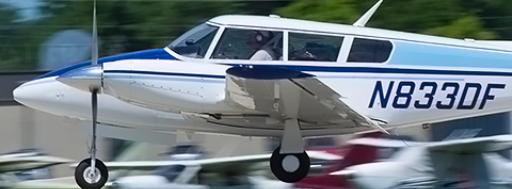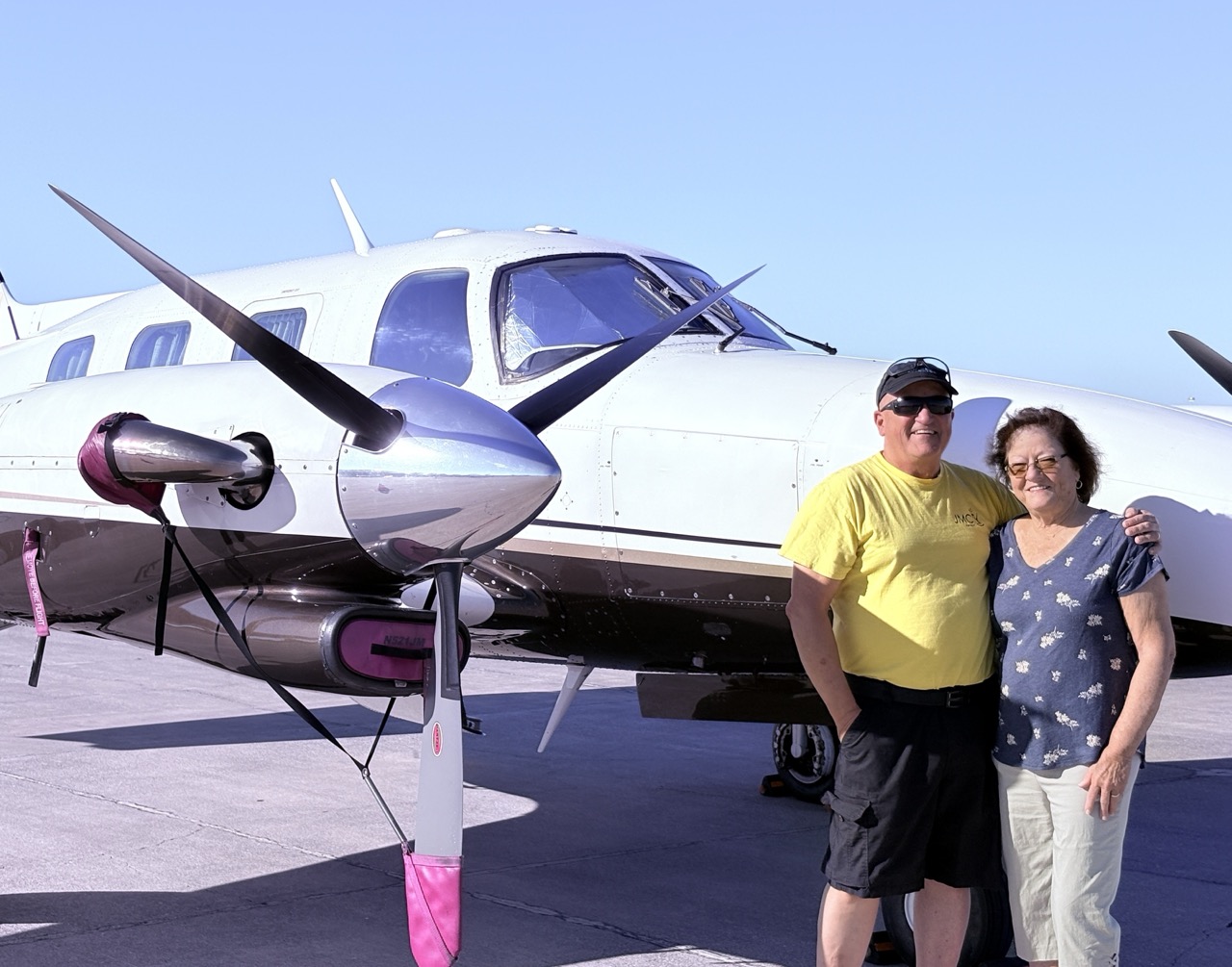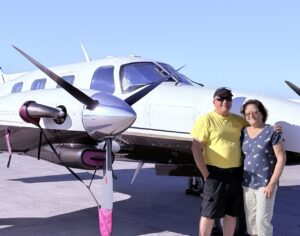My own airplane is fresh out of annual and ready to go up to Lancaster Avionics to finally get the wire fixed on my right fuel flow transducer. This thing failed right after the new #2 radio was put in along with an upgraded radio rack. I’m certain something got yanked in there and a poor connection resulted. I’ve been too busy to get back up there, and then the annual came due. Hopefully Tuesday will get me back to where I like to live – zero squawks.
The Cheyenne is coming along nicely. She had a pressurization issue that was stone simple to fix. After new windows went in, the little circular pilots window had new screws installed that were binding enough to prevent a seal from happening. It took awhile to figure out a reasonable test, but putting a piece of paper against the window made it clear where the leak was. The paper got sucked right up against the window.
Siesta Key: This trip saw zero squawks and the weather planning actually worked just as we’d hoped. We launched at 8am as the Nor’Easter came rolling up the coast with 50-60kt winds along the shoreline. Coming out of Wilmington, our winds were less than 20kts on departure and we climbed up to 20,000′ through just a few bumps.
Landing in Gwinnett County, GA to refuel, we were on our way to the final leg down to Sarasota. I had seen icing forecast along the coast at the Florida border, but was surprised to see that area of icing expand to cover our route down the Gulf Coast. I had figured the heat of the day would shrink that area, and our movement south to warmer air would keep us clear.
ICING: That was not to be, and light rime ice coated the windshield as we climbed through 15,000′ to 19,000′. I used the new boots early to ensure they were working ok, and to get some experience with them. The ice was too thin and didn’t shed, so we watched it and continued on up.
Our airspeed dropped off, but that was due to the engine anti-ice we had to put on. Ice deflectors in the intakes caused us to lose 100# of torque and slowed our forward airspeed and climb. We were ITT limited so that I could not add power to compensate without over-heating the engines.
Escape Plan: We knew that 13,000′ was completely clear of clouds and we could descend down once we started losing the battle. 15,000′ was the bottoms, so we could descend there too if 13 wasn’t available. Reports from other aircraft reported icing at 24,000′, but I wasn’t sure where our tops were.
As we continued the climb, ice accumulation stopped and the windshield heat cleared the ice that was there. Wings, tips, and tail were all frosty. I leveled at 19,000′ and determined what my stable airspeed was. If the icing returned, I’d watch that for signs of slowing down and respond accordingly.
Popping out: Just as all these thoughts and plans were formulated, we popped right out into clear blue skies. Engine anti-ice and pitot heats off; windshield heat off; airspeed picks up as we regained the power we’d given away. The rest of the ride was smooth and clear.
Mini-vacation: Both the pilot and co-pilot were encouraged to bring our wives, and we did. Very relaxing time at the beach and the pool. Enjoying the sun before winter sets in.
Painting is next for the Cheyenne. Minor Avionics work for the Twin Comanche. I’ll be doing a winter project with Phill-Air to replace my Fuel Selector and main pumps. Paul thinks they are aging out, so we’ll get that done when he is ready.
Life is good. God is good.
Fly Safe!
Frank


